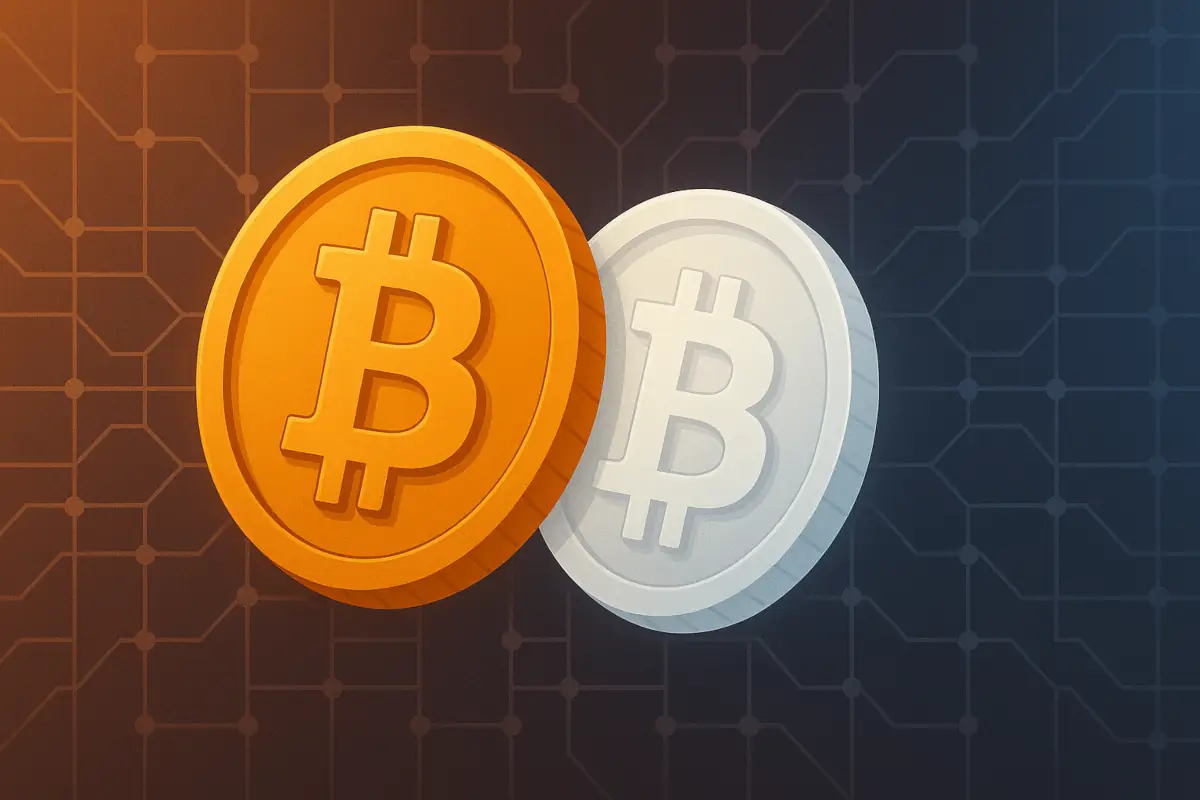Influencers in the cryptocurrency space often make bold claims about potential gains, especially now after many cryptos turned green. Many promise that coins like SHIB could reach $1. This would mean its market cap surpasses the entire wealth of the world. Similarly, some predict PEPE will hit $1, which, while slightly less extreme, would still require most of the world’s wealth.
Even Bitcoin, the leading cryptocurrency, has experts forecasting it could rise to $10 million. Such a price would make Bitcoin almost half of the global wealth. And we could continue to list more examples of these ambitious predictions.
Table of Contents
Understanding Market Capitalization
To grasp why these predictions are unrealistic, it’s essential to understand how market capitalization works. Market cap is calculated by multiplying the current price of a cryptocurrency by its total circulating supply. For example, if SHIB were to reach $1, given its 549 trillion coins in circulation, its market cap would equal $549 trillion.
One might argue that while the prediction is unlikely today, the value of the dollar is constantly decreasing due to inflation. It’s true, but only by a few percent each year. The average inflation in the US in 2023 was 4.1%. If this inflation rate remained constant (and it’s currently decreasing), and SHIB’s value did not change, SHIB would eventually reach $1 around the year 2310. However, you wouldn’t be rich anyway – the SHIB would not have increased in value, only the dollar used for comparison would have lost value.
Setting Realistic Expectations with Market Comparisons
So, what gains sound realistic? We can compare to the cryptocurrency market right now. Bitcoin has around a $1.25 trillion market cap, and Ethereum about $0.3 trillion. These two cryptocurrencies make up almost 70% of the entire crypto market cap. Ask yourself—even in the best scenario, what is the probability that your favorite memecoin will come close to Bitcoin or Ethereum in terms of value? This perspective helps set more realistic expectations for how far your investment might go.
You can also analyze how well the leaders in the category of your investment are performing. For example, DOGE, the most popular memecoin, has a market cap of about $0.15 trillion. All memecoins together amount to around a $0.42 trillion market cap. Do you see why it’s extremely improbable that SHIB will achieve a $549 trillion market cap? The numbers simply don’t add up when compared to the current market leaders.
Looking at all-time highs can also provide insight. You can calculate the market cap of currencies at their peak values. While coins might set new records, examining historical data shows how much a coin has been able to grow in the past. This can help gauge potential future performance, though it’s not a guarantee.
Of course, as cryptocurrency adoption continues, the entire crypto market cap can grow due to new investors. But remember, even this influx is not limitless. You can check the value of major companies or the market cap of commodities like gold and oil. You can even look up estimates of entire countries’ wealth. Ask yourself—even if cryptocurrencies become incredibly popular in the future, can they realistically overtake the value of entire countries?
Why Influencers Make Unrealistic Promises?
Many influencers and media outlets promise insane gains to attract attention and generate clicks. These sensational forecasts tap into the dreams of crypto investors who hope to become overnight millionaires. While there have been cases of significant growth in cryptocurrencies, such massive gains are rare and usually occur with coins that have very small market caps, where there is much more room for growth.
The allure of quick riches is a powerful motivator. By projecting extreme price increases, influencers can drive engagement and grow their audiences. However, this practice often overlooks fundamental economic principles that limit how much a cryptocurrency can realistically grow. Most of these predictions do not account for factors like inflation, market cap limitations, and the dominance of established cryptocurrencies.
Keeping Expectations Realistic
However, this does not mean that cryptocurrencies cannot offer significant gains. Many coins have the potential to increase in value as the market grows and technology improves. But it’s crucial to keep expectations realistic. Bitcoin may rise significantly, but it’s unlikely to experience the exponential growth that influencers often predict.
By maintaining realistic expectations, you won’t be disappointed in the future. In fact, you might actually earn more by selling your cryptos at the right moment, while influencers may be convincing others that the gains aren’t enough because SHIB hasn’t reached $1 yet.
Understanding the true limitations of the market helps in making informed and safer investment decisions. Instead of chasing improbable gains, focusing on realistic outcomes can lead to more sustainable financial growth.
In conclusion, while the world of cryptocurrency offers exciting opportunities, it’s important to stay grounded. Unrealistic promises from influencers can be tempting, but recognizing the true limitations of the market ensures more informed and prudent investment choices.




